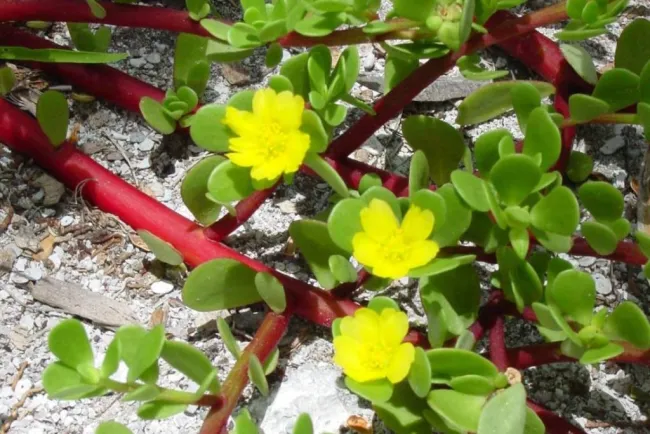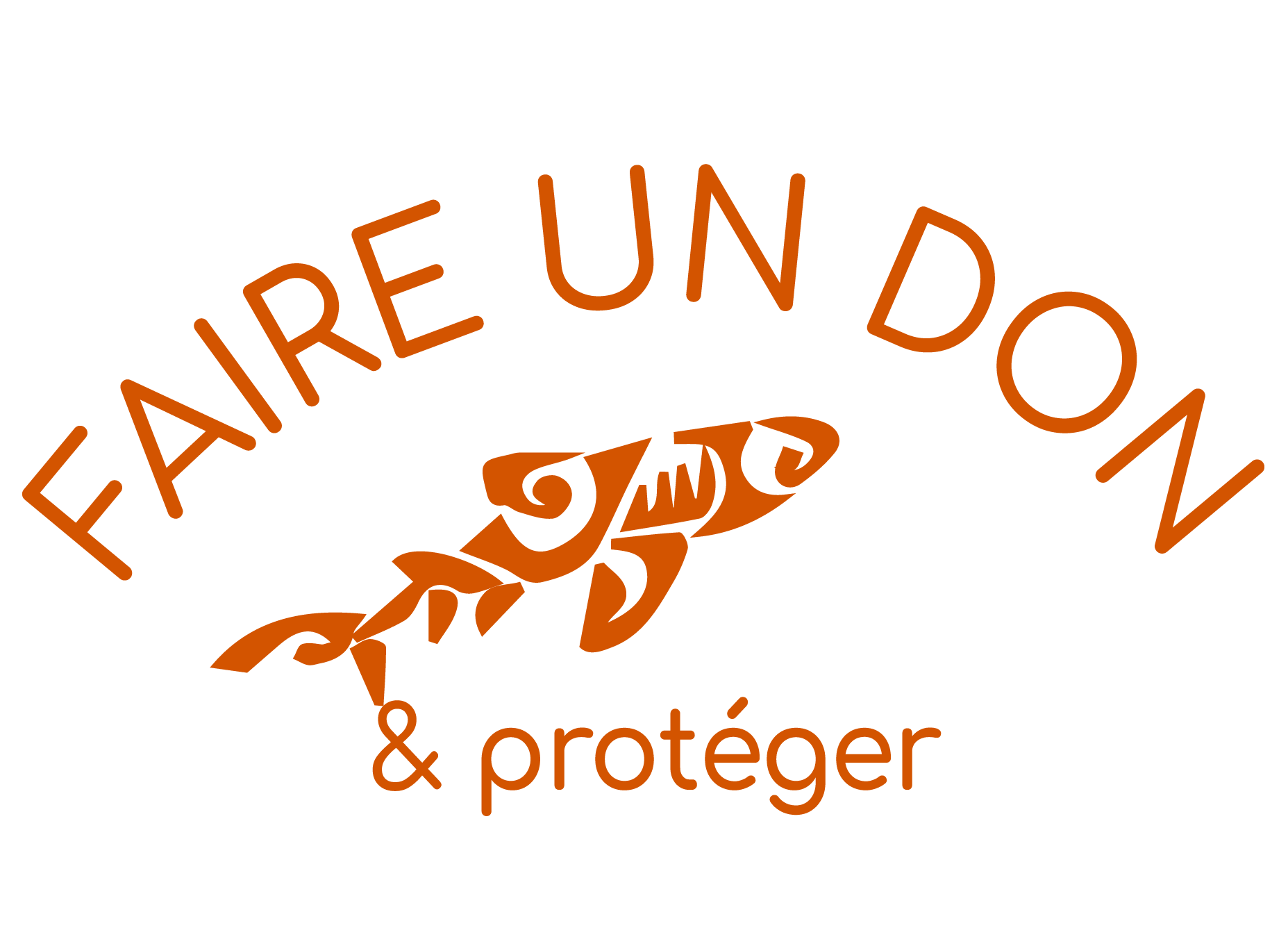Update : 2023
In 2023, five new 25 m long transects were set up on Motu ‘A’ie and surveyed to assess the effects of the Yellow Crazy Ant Anoplolepis gracilipes eradication. This will continue in 2024 to record any changes in vegetation dynamics.
The preliminary results show that vegetation response to rat eradication may vary according to the ecological characteristics of motus, especially their initial plant composition (e.g. no coconut plantation in Ahuroa) and the importance of long term monitoring.
 Asplenium nidus
Asplenium nidus Guettarda speciosa
Guettarda speciosa Microsorum grossum
Microsorum grossum Portulaca lutea
Portulaca lutea Pandanus tectorius
Pandanus tectorius
Sampling is conducted along twenty 25 m long transects representing 1,000 one square meter quadrats.
This work has revealed:
- a slow decrease of Pisonia grandis seedlings with time in both motus;
- an increase of Cocos nucifera seedlings in Reiono but not in Ahuroa ;
- a strong increase of Pandanus tectorius and Guettarda speciosa seedlings, especially in Ahuroa ;
- an increase of the cover of herbaceous plant (Boerhavia tetrandra in Reiono, Portulaca oleracea in Ahuroa), and native ferns (Asplenius nidus and Microsorum grossum);
- the role and importance of natural disturbances (high swells, tree fall gaps caused by strong winds) in seed germination and seedlings survival during several years of monitoring.




